Topic
Few studies have focused on critical geographic analysis that combines addressing critical social issues. The proposed project is one of these, for the central theme of its study is to examine ways of delivering fresh water to remote areas. Living in rural areas, on the poor fringes of large agglomerations, or in impoverished settlements brings its own threats to the well-being of local residents. This is especially true in Texas, whose vast territory is rich in rural areas.
With this in mind and with quality political responsibilities, the authorities are actively investing in freshwater delivery technologies. By now, a great deal of information and concepts have accumulated to solve this hydrospheric problem. Thus, the fundamental thesis of this entire paper is that scientific and technological advances are catalyzing the development of technologies to deliver fresh water to remote areas of Texas.
The choice of this interest is not accidental: Against the backdrop of an increasing global population, competition for resources is expected to intensify. More and more people are moving into large urban agglomerations, increasing the vulnerability of small, remote settlements. Ultimately, this trend, without proper attention from the authorities, leads to the death of villages and hamlets. Innovative technology is the right strategy to support remote areas in their basic livelihoods. The multiplicity of new concepts and technological ideas generates academic interest in studying them and critically evaluating their practical application.
Background
It is no secret that the earth’s population is rapidly increasing. A reference to Figure 1 shows that within a hundred years of 1950, the size of the planet will increase by more than 380% (Plecher). In this context, it is obvious to expect that overpopulation will lead to serious socio-economic problems, among them a shortage of fresh water. The increasing urbanization, of which Shao et al. speak, will eventually cause large cities to become technological centers of states, while small rural settlements and villages will be threatened with extinction due to a lack of resources and funding (1). Already 60% of the world’s population does not have stable access to safe freshwater (WaterAid 2).
This problem is especially acute for Texas, 191 areas of which are classified as remote areas (TCA). As one of the most attractive states in the US, Texas’s population is growing steadily and will reach 29.36 million people by 2020 (Pike para. 5). Notably, 390,000 of them do not have access to fresh water (SRD). This poses a definite hydrospheric problem for the health and well-being of the local population and the state’s reputation.
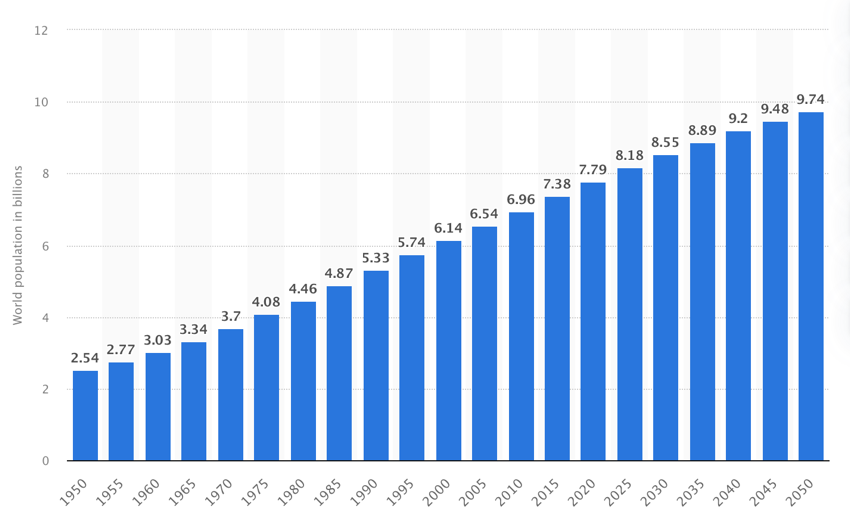
The critical importance of fresh water in maintaining a prosperous population should be emphasized. Sources of freshwater are traditionally rivers and lakes, mountain rivers, aquifers, and groundwater, which, after multistage treatment, are delivered to central water supply systems. Between 0.5 and 3 percent of the entire hydrosphere is freshwater, a critically low number for the economic needs of increasing humanity (BoR para. 7; Cowan).
At home, fresh water is used for drinking, hygiene and cleaning, cooking, and for air conditioning, humidification, and home heating systems. This justifies the fact that the annual consumption of freshwater per person reaches the mark of 8.4 million liters (BoR para. 9). For this reason, states are obligated in the exercise of their political authority to provide even the most remote areas of the state with a sufficient quantity of safe freshwater to ensure food security.
To this end, the science and technology industry, which prepares solutions for socio-geographic problems, is actively funded. To date, many innovative technologies for purification and targeted delivery of freshwater have been created and applied: some of them have proven to be the most successful. The key trends in the global innovation market are both the development of traditional methods of water purification, be it ion exchange or reverse osmosis, and more advanced technologies. The latter include cleaning with bio-particles, bioaugmentation, use of new membrane techniques, and purification activities, including the use of feces and urine as raw materials (NASA).
Thus, in Texas, as well as in Singapore, Australia, Belgium, and the UK, treated wastewater is actively used for recycling the water supply (“Water” para. 9). Thus, modern technologies for treating water to produce safe freshwater are evolving in several directions. However, it is still necessary to study the mechanisms of its delivery to remote areas, especially in the context of Texas, which is part of the research in the Results section.
Data
The data collected for this study were subjected to rigorous critical review and were selected according to primary filtration criteria. More specifically, any scholarly articles, government information, or Web sites had to be written in English and have a publication date no earlier than 2005. Most of the materials used were written within the last five years. All information was found using digital search platforms, whether Google, Google Scholar, ResearchGate, or Microsoft Academic.
The search methodology consisted of the use of textual analysis and content analysis, including keyword analysis. The total number of materials used was 19, of which 42.1% were academic citations. Visualization tools such as histograms, maps, charts, and images were used to create a more extensive report. These visualizations were taken from publicly available sources, which means that the present work can be classified as a secondary study. In doing so, the materials obtained were visually analyzed, compared, and used holistically for context.
Results
Texas’ infrastructure is a central variable whose change leads to water scarcity problems. Figure 2 shows a map of the state: from this data, it is clear that much of the local area is sparsely populated. Figure 3 confirms that the largest concentrations of population are concentrated around Houston, Dallas, and San Antonio, while the rural areas of Texas are not highly populated.
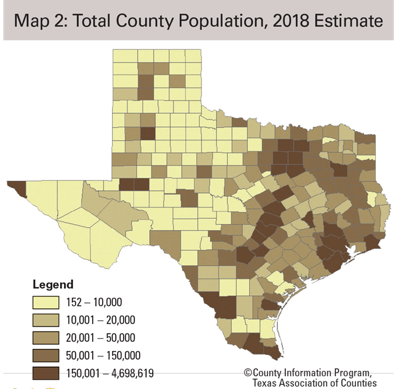
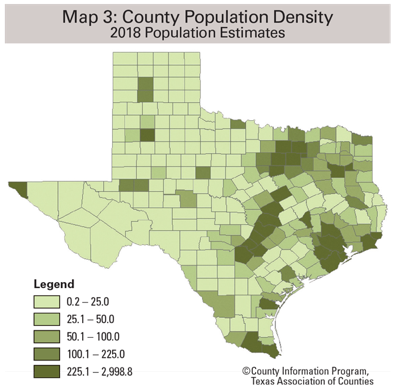
Such geographic trends pose a challenge to technological advances in the delivery of safe freshwater. The current Texas agenda is characterized by two approaches to solving the intended problem. The simplest is to transport fresh water from municipalities by truck. Several well-known companies, such as Tejas Water Haulers and Texas Bulk Water, offer regular freshwater tanker delivery services (H2EcoBulk; “Texas Bulk Water”). Although the private companies guarantee the quality of the water delivered and the timing, such reliance on centralized deliveries can be problematic, primarily due to natural disasters and pavement damage.
For this reason, Omarova et al. describe the need to abandon centralized transportation and give greater independence in terms of freshwater management to rural centers (688). In this context, the apparent problem becomes the discovery of technologies that allow for on-site freshwater production.
Water filtration is a reliable solution to this problem. Wastewater treatment technology using solar panels was proposed by Rodríguez et al. (Figure 4). The key finding was that increasing the volume of wastewater used leads to greater efficiencies in wastewater treatment, with the use of solar panels providing an 85% purification of carbon dioxide (Rodríguez et al. 4). Water harvesting can also be done using a fog-capturing mechanism, which is actively used in humid climates, which is relevant for Texas. Figure 5 describes the installation concept of such a trap: Through thermoelectric coolers, a temperature gradient is created inside the box, forcing the penetrating fog to condense on the walls.
In combination with subsequent cleaning tools, such a unit can produce up to 12 liters of water daily. The combination of the above two technologies results in their symbiosis, developed by startup Zero Mass Water. Using Source Hydropanel solar panels, the air is locally heated near the sponge material of the panel, resulting in condensation. Subsequent conversion of the collected water and mineralization allows them to be used for domestic purposes. Remarkably, the Source Hydropanel also shows effectiveness at low humidity, providing the household with 6-8 liters each day: Figure 6.
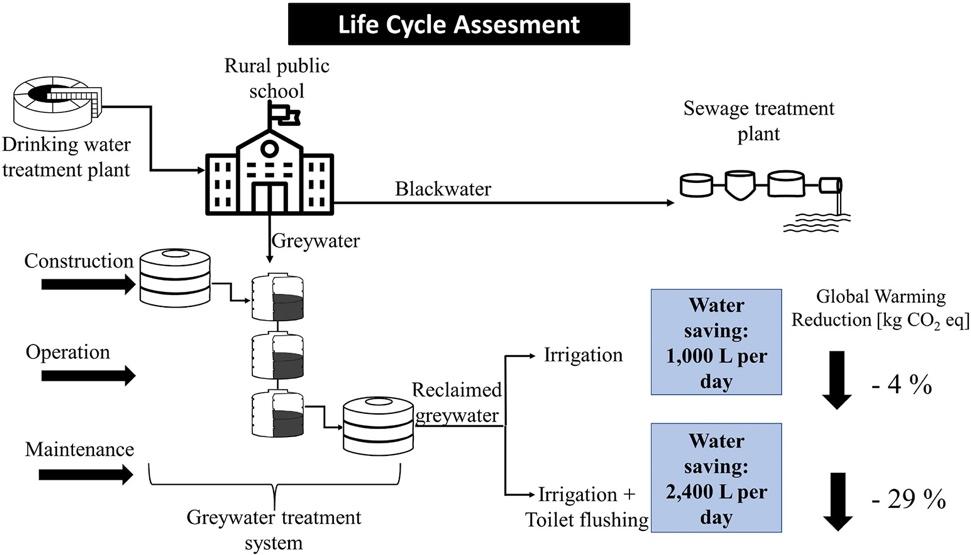
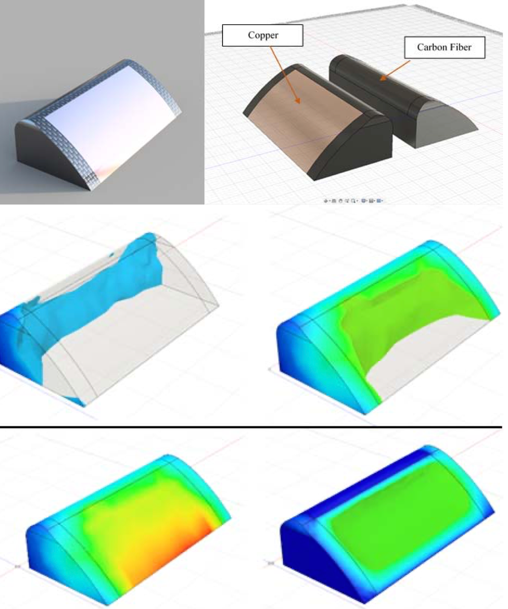
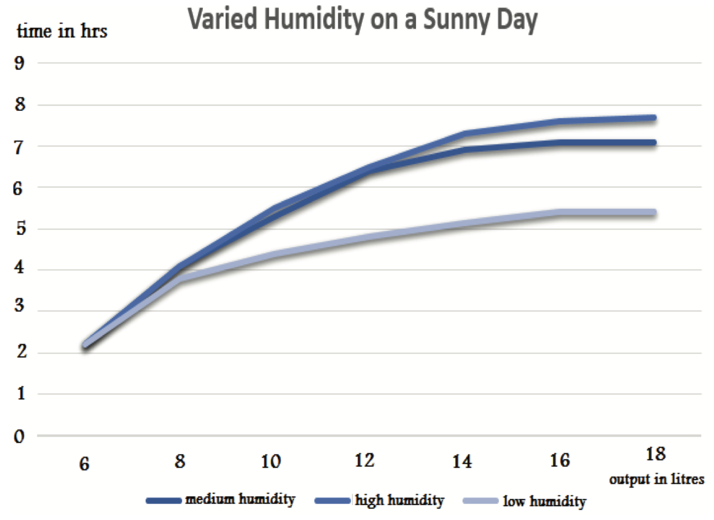
The problem of collecting water using traditional or innovative methods can be solved using the technologies presented above. However, upon collection, it is necessary to ensure water purification since one of the critical parameters for the safety of freshwater is its purity. Drip chlorinators and membranes are often used among traditional purification methods, but the sustainability of such methods is debated. Membranes and filters are temporary tools that need to be replaced, but this practice is not always implemented. This creates a false sense of freshwater safety for the public.
However, if membrane technology is used on an industrial scale at the initiative of authorities or large companies, replacing it when it expires is not a problem. Figure 7 shows that the use of membranes can reduce freshwater turbidity by approximately one unit. The same study showed the applicability of microfiltration membranes to remove pathogens from wastewater (National Research Council 221). The use of an anodic treatment process has also been shown to be an excellent option: it avoids drilling wells and solves temporary issues (Wydra et al. 10). Ultimately, this means that water treatment technologies continue to evolve.
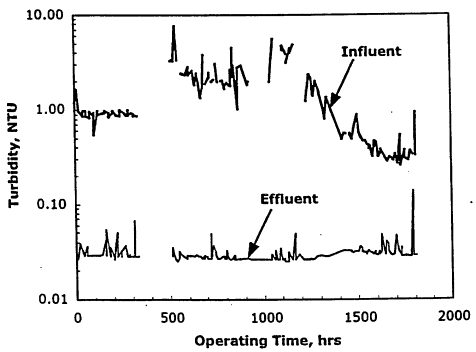
Conclusions
This study assesses the state of the current agenda for water treatment and delivery in remote areas, including through the Texas context. A key thesis was the belief that current scientific and technological advances present many options that may be of interest to the consumer. A review of the sources showed the truth of this thesis, but it is necessary to outline some of the assumptions found.
First, Texas is a relatively large state, and Figures 2 and 3 confirmed the multiplicity of counties classified as rural. However, many of them are significantly distant from large municipalities, which affects the price of delivered water. Thus, many of the local private companies are willing to deliver cisterns of fresh, safe water from the cities, but not many the farmers and poor people can afford such services.
Second, it has been shown that while water transportation is a relatively efficient method, it does not exhaust the many options available. More specifically, instead of centralized water delivery from large agglomerations, it is much more efficient to invest in developing technology locally. This includes a procedure for collecting and necessarily purifying water since consuming natural water without treatment is a severe violation of food security principles.
Third, critical trends in obtaining fresh water locally have been studied. Thus, solar panels and fog catchers are actively used for its collection, besides the obvious traditional mechanisms of pumped well extraction. Both technologies use the principle of condensation of water-bearing vapors on warm surfaces, as a result of which natural water can be collected. In addition, rainwater is also a potential source of fresh water, but there are many limitations to rainwater, including its safety and systematic collection.
Fourth, the treatment of collected water, including the treatment of wastewater already used, can be done with membrane technology. It is essential that the membranes be changed regularly; otherwise, it leads to a false sense of security. Microfiltration membranes reduce the turbidity of wastewater and trap pathogens. Anodic oxidation on electrodes can be a helpful water treatment strategy, which has also been found in research.
In sum, all of this can be summed up as visible progress on the issue of food freshwater security. Although the current agenda is still far from completely solved, scientific and technological advances and authorities are making many efforts to provide remote regions with safe water. It is likely that future trends will abandon centralized systems and focus entirely on autonomous treatment systems, giving vulnerable communities independence and confidence in the future.
Works Cited
BoR. ” Water Facts — Worldwide Water Supply.” USBR. Web.
Brown, T. “Texas Association of Countries”. TAC, 2021. Web.
Cowan, Angela M. “Our Hydrosphere.” National Geographic, 2021. Web.
Eldeen, Ahmed Saif, Wessam Shehieb, and Mustahsan Mir. “Outdoor Active Water-Harvesting and Dehumidification System.” 2019 IEEE 10th Annual Information Technology, Electronics and Mobile Communication Conference IEEE, 2019, pp. 297-302.
H2EcoBulk. “Water Anytime Anywhere.” H2Eco Water Bulk. Web.
NASA. “Clean Water for Remote Locations.” NASA Spinoff, 2006. Web.
National Research Council. Identifying Future Drinking Water Contaminants. National Academies Press, 1999.
Omarova, Alua, et al. “Water Supply Challenges in Rural Areas: A Case Study from Central Kazakhstan.” International Journal of Environmental Research and Public Health, vol. 16, no. 5, 2019, pp. 688-694.
Pike, Lili. ” “It’s after the Storm That’s the Hardest Part”: 390,000 Texans Still Don’t Have Clean Water.” Vox. 2021. Web.
Plecher, Hen. ” Development of the World Population until 2050.” Statista. 2021. Web.
Rodríguez, Carolina, et al. “Life Cycle Assessment of Greywater Treatment Systems for Water-Reuse Management in Rural Areas.” Science of The Total Environment, vol. 795, 2021, pp. 1-10.
Shao, Manqing, et al. “Quantifying the Effects of Urbanization on Floods in a Changing Environment to Promote Water Security—a Case Study of Two Adjacent Basins in Texas.” Journal of Hydrology, vol. 589, 2020, pp. 1-14.
SRD. “Resident Population in Texas 1960-2020.” Statista. 2021. Web.
Tanavade, Satish, et al. “Water from Sun: An Energy Conservation Initiative for Smart Cities.” Proceeding of the 3rd IET International Smart Cities Symposium, 2021, pp. 70-74.
TCA. “Rural Texas Counties.” Arts Texas, 2021. Web.
“Texas Bulk Water Delivery Service.” TBW, 2021. Web.
WaterAid. “The Water Gap.” WaterAid, 2018. Web.
“Water: Too Precious a Resource to Be Used Just Once.” Veolia. 2020. Web.
Wydra, Kerstin, Philip Becker, and Hubert A. Aulich. “Sustainable Solutions for Solar Energy Driven Drinking Water Supply for Rural Settings in Sub-Saharan Africa: A Case Study of Nigeria.” Journal of Photonics for Energy, vol. 9, no. 4, 2019, pp. 1-13.